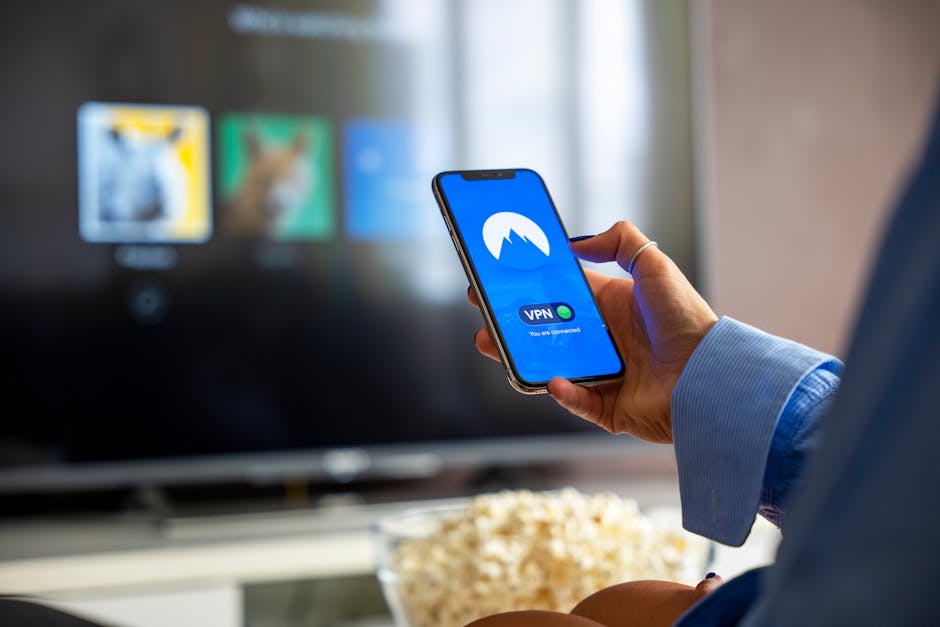iPhone Holds Dominant Share in US Smartphone Market Despite Android Growth in 2025
Apple’s iPhone continues to hold a commanding lead in the United States smartphone market in 2025, despite a notable increase in Android adoption, according to multiple independent market analysis firms. While precise figures vary slightly depending on the methodology employed, the consensus points to a persistent, albeit shrinking, advantage for Apple. This continued dominance highlights the enduring appeal of the iOS ecosystem and the premium pricing strategy that underpins Apple’s business model. However, rising competition and evolving consumer preferences hint at a potentially more dynamic market landscape in the coming years.
Android Gains Traction Amidst Economic Uncertainty
The year 2025 has witnessed a significant surge in Android smartphone sales within the U.S. market. Several contributing factors are driving this growth. Economically-conscious consumers are increasingly drawn to the wider range of price points offered by Android manufacturers, particularly in the mid-range segment. This trend aligns with broader economic anxieties experienced across the country this year, influencing purchasing decisions across various sectors. This trend represents a notable shift away from the historically stronger preference for premium-priced iPhones.
Competitive Pricing Strategies
The proliferation of affordable yet feature-rich Android devices from manufacturers such as Samsung, Google, and OnePlus has significantly impacted the market share. These brands have successfully targeted budget-conscious consumers with compelling hardware and software experiences, eroding Apple’s dominance in certain demographic segments. This aggressive competitive strategy is a key factor in Android’s market share gains this year. The implications for Apple are significant, requiring a nuanced response to maintain its lead.
iOS Ecosystem Remains a Key Differentiator
Despite the inroads made by Android, the iOS ecosystem continues to be a significant draw for many U.S. consumers. The seamless integration between iPhones, iPads, Macs, and other Apple products, along with a reputation for superior user experience and robust security features, remain compelling advantages. This integrated ecosystem fosters brand loyalty, driving continued sales and repeat purchases. Apple’s proactive approach to software updates and its commitment to security and privacy have also solidified the iOS ecosystem’s standing.
Software and Security Advantages
Apple’s focus on software updates, providing extended support for older devices and regularly deploying security patches, contributes significantly to user loyalty. This stands in contrast to the more fragmented Android landscape, where update schedules and security patch deployment can vary widely depending on the manufacturer and specific device model. This ongoing commitment to security and software enhancements is a primary reason why many consumers remain loyal to the Apple ecosystem, resisting the lure of competitive Android offerings. The long-term value proposition of an iPhone, considering software support, is a significant factor.
The Growing Importance of 5G Connectivity
The accelerating adoption of 5G technology throughout the United States is also impacting the smartphone market in 2025. Both Apple and Android manufacturers are heavily promoting 5G capabilities in their latest devices. However, the availability and reliability of 5G networks are still uneven across the country. This disparity could influence consumer choices, with those in areas with strong 5G coverage potentially prioritizing 5G-enabled devices. The rollout of 5G infrastructure continues to be a critical factor influencing smartphone purchasing decisions, driving demand for 5G-compatible models in areas with extensive 5G coverage.
Network Infrastructure’s Impact
The uneven distribution of reliable 5G infrastructure across the U.S. introduces a notable degree of regional variation in smartphone adoption trends. Urban areas with comprehensive 5G networks are seeing a higher uptake of 5G-enabled devices, regardless of operating system. In contrast, more rural areas with limited 5G access are less influenced by this technological advancement, and consumers may not prioritize 5G capabilities. This disparity underscores the importance of infrastructure development in shaping future market trends.
Emerging Trends and Future Outlook
While Apple maintains a substantial lead in 2025, the expanding Android market share demonstrates a shifting consumer landscape. Several key trends are emerging, suggesting a more competitive future:
- Increased Competition: The intensifying competition between Apple and Android manufacturers is driving innovation and offering consumers a wider variety of choices in terms of price, features, and functionality.
- Price Sensitivity: Economic uncertainty is impacting purchasing decisions, leading to a higher demand for more affordable Android devices.
- 5G Adoption: The progressive rollout of 5G networks will significantly shape future demand, influencing both Android and iOS sales.
- Focus on Software: The software ecosystem, including app availability and user experience, will continue to play a critical role in consumer preferences.
- Sustainability Concerns: Growing environmental awareness is pushing manufacturers to prioritize sustainable design and manufacturing practices, influencing consumer choices.
These factors paint a dynamic picture for the future of the U.S. smartphone market, suggesting a potential for continued Android market share growth and a more competitive landscape. Apple will need to adapt its strategies to maintain its leading position in the face of this growing competition. The balance of power could shift further towards Android depending on broader economic trends and the speed of 5G network deployment across all areas of the United States.
Conclusion
In 2025, Apple continues its dominance of the U.S. smartphone market, although Android is gaining ground. This shift reflects evolving consumer preferences, intensified competition, and economic realities. While the iPhone’s premium ecosystem and brand loyalty remain strong advantages, Android’s competitive pricing and wider selection are attracting a considerable segment of the market, particularly budget-conscious consumers. The ongoing rollout of 5G networks and future technological advancements will further shape this dynamic competition. The coming years promise a fascinating evolution in the U.S. smartphone market, with the potential for a more balanced distribution of market share between Apple and Android.

